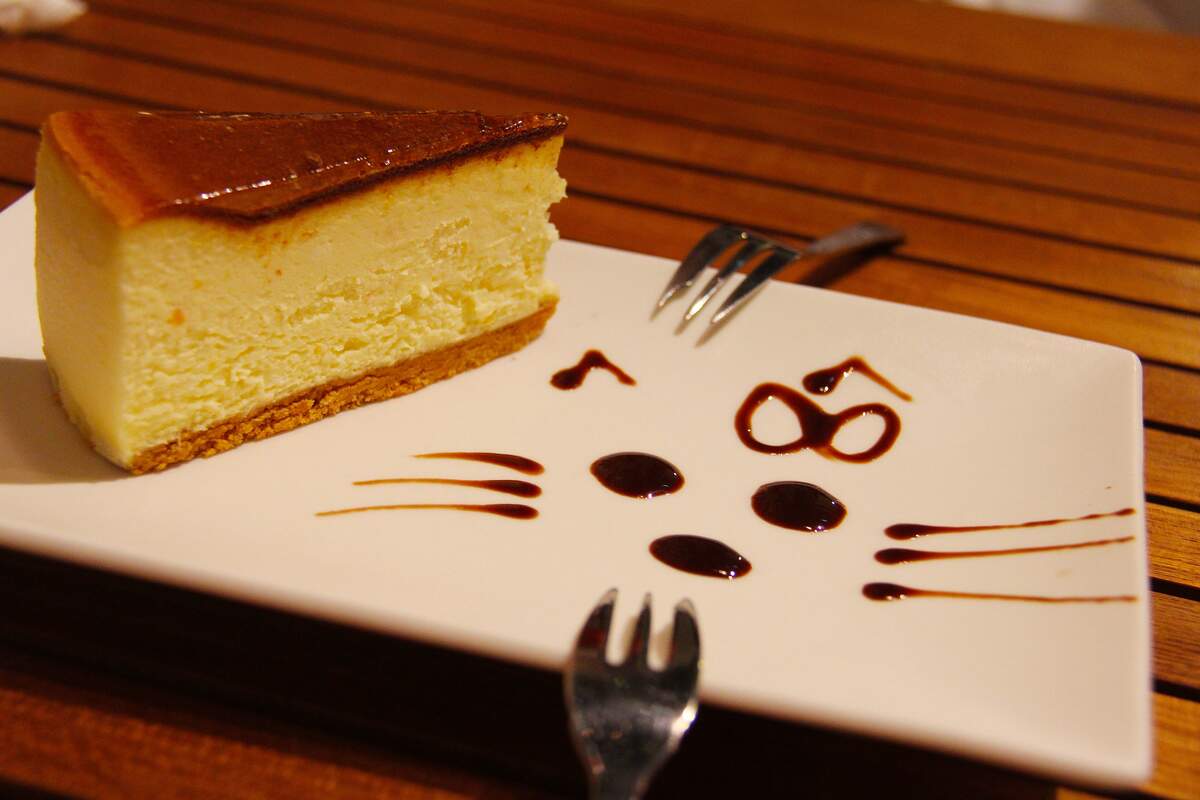

National Cake Day
National Cake Day celebrates the popular baked sweet dessert. Common cake ingredients include flour, sugar, eggs, butter or margarine, a liquid, and a leavening agent such as baking soda or baking powder. Fruits, nuts, cocoa, and extracts such as vanilla are often added, and cakes are often iced and decorated. The word "cake" is derived from an Old Norse word, "kaka". In ancient Greece, cake was called "plakous", and was baked with eggs, milk, nuts, and honey. In ancient Rome, butter, eggs, and honey were added to basic bread dough. Early cakes in England were almost identical to bread except they were round and flat and were turned over once when being cooked. In general, until the 19th century, cakes were large and baked in pans that resembled bread loaves. When modern bake ovens came about around 1870, lighter cakes with baking powders and baking sodas began being made. Layer cakes—with layers of filling between cake—also began being popular in the 1870's.
During the Great Depression, at a time when there was a need for easily made food for many people, cake mix was patented, making cake a mass produced good instead of a bakery specialty. During the post war era, as the economy boomed, General Mills and Pillsbury came out with cake mixes, and marketed them for their convenience, especially to housewives. By the end of the 1950's, half of cakes were made from mixes. As cakes became easier to bake, housewives began being more creative with frosting.
There are innumerable types of cakes, such as butter cakes, sponge cakes, chiffon cakes, chocolate cakes, coffee cakes, and yeast cakes. Some are defined by their shape, such as Bundt cakes and layer cakes. Cakes are commonly served for birthday parties, weddings, and anniversaries.
How to Observe National Cake Day
Celebrate the day by eating cake. Buy some at a store or a restaurant, or make your own from scratch or from a mix. There are so many of types of cake you could make.





















